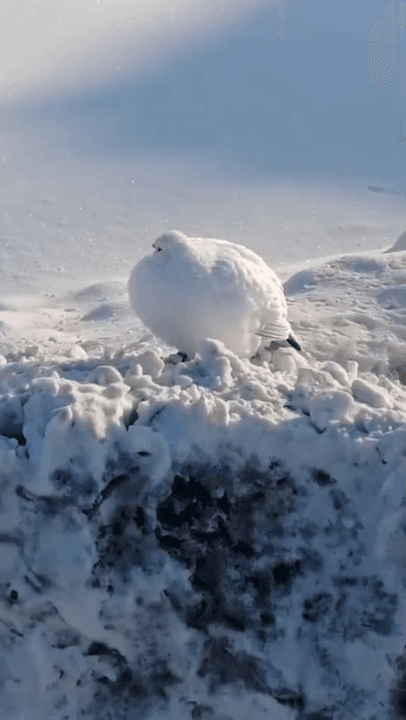
Eva Shockey — female hunter, blogger, and opinion leader in the world of ethical hunting Eva Shockey Brent is one of the most influential women in the hunting world. She became the first woman in 30 years to appear on the cover of the legendary Field & Stream magazine (before her, only Queen Elizabeth II had been honored with this distinction). A Canadian by birth, Eva accompanied her father, TV presenter and professional hunter Jim Shockey, on expeditions around the world from a young age. She later joined him as co-host of the popular hunting TV show Jim Shockey's Hunting Adventures. Outdoor lifestyle and a woman's perspective on hunting The content Eva creates is an inspiring combination of wildlife, family values, and personal philosophy. She shares her hunting trips, everyday life on the farm, game recipes, and stories about life with her husband and two children. Her blog is not just about hunting. It is about a lifestyle that values self-sufficiency, respect for nature, and t
Post: 10 June 18:32
















































